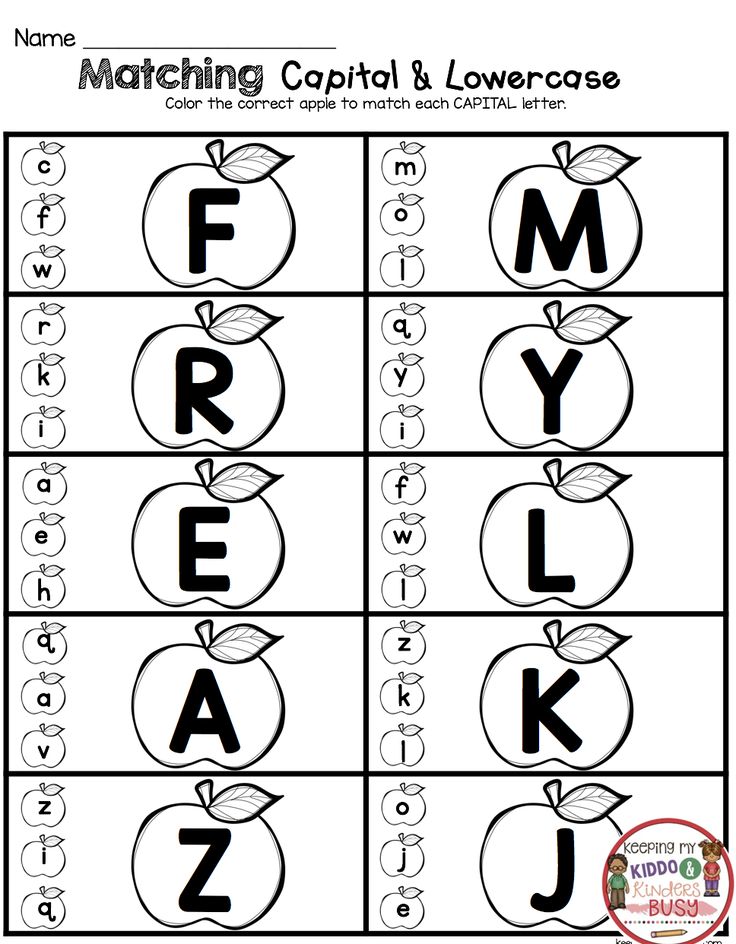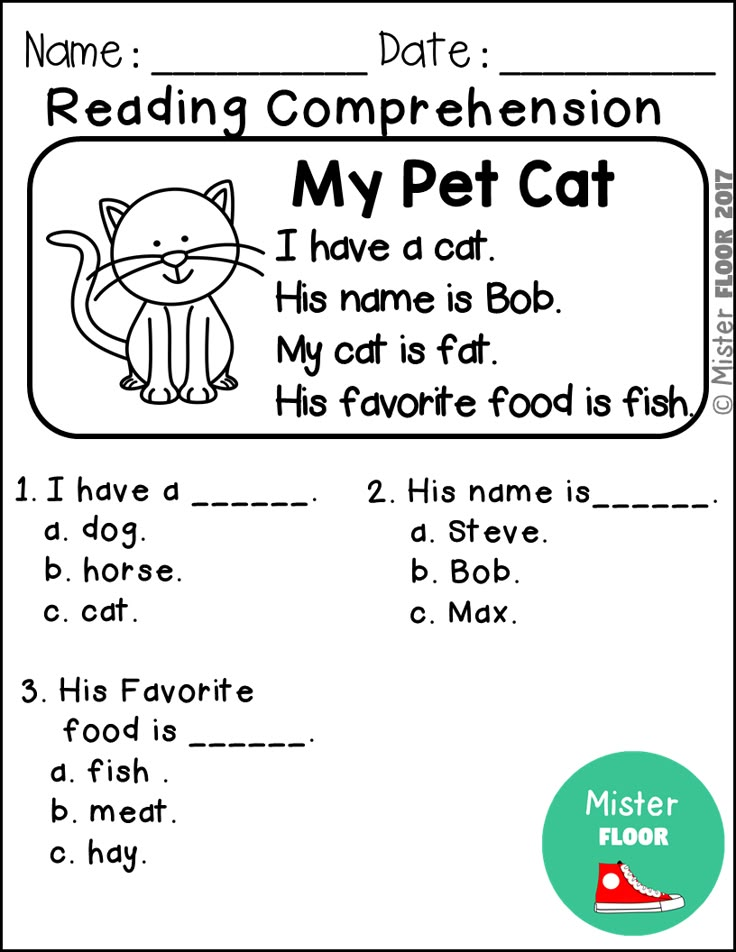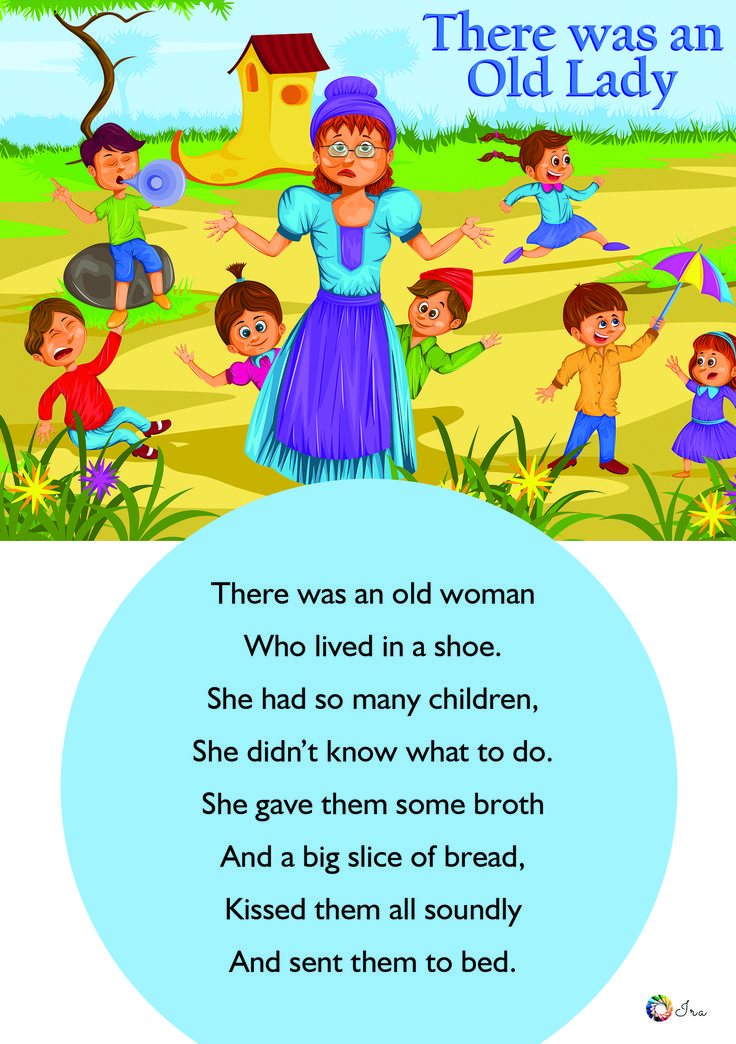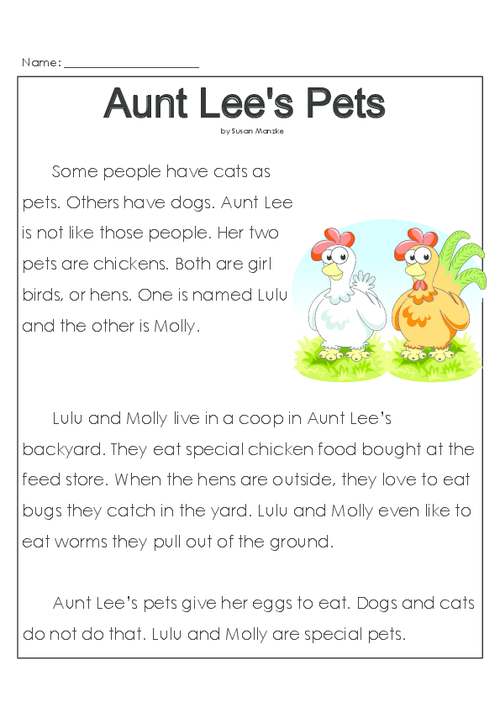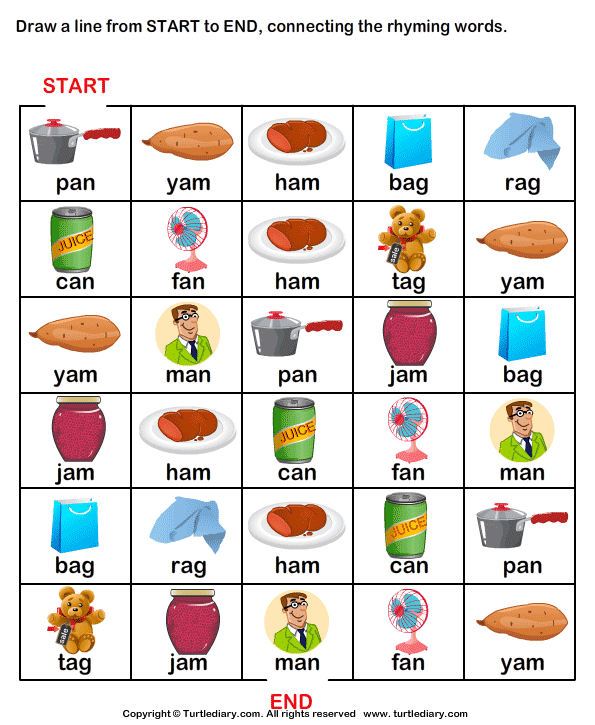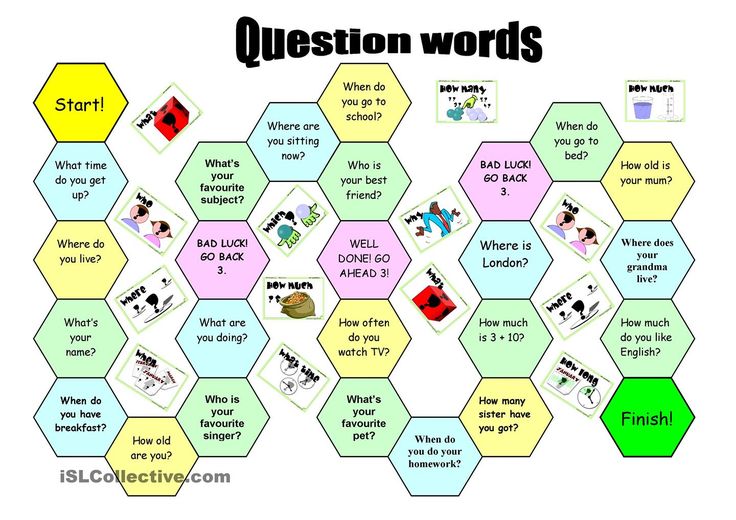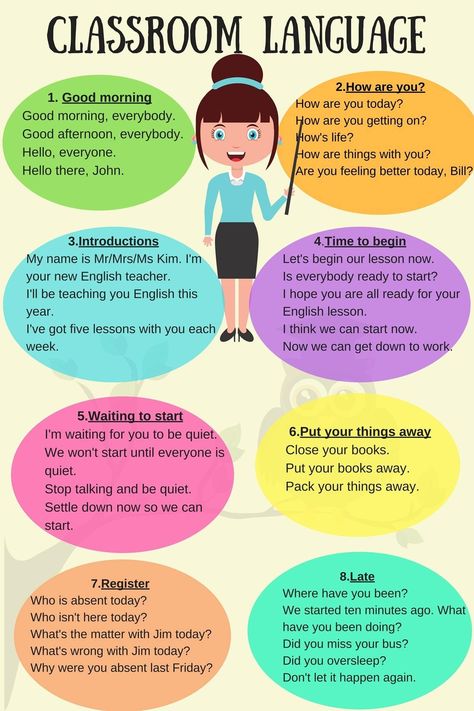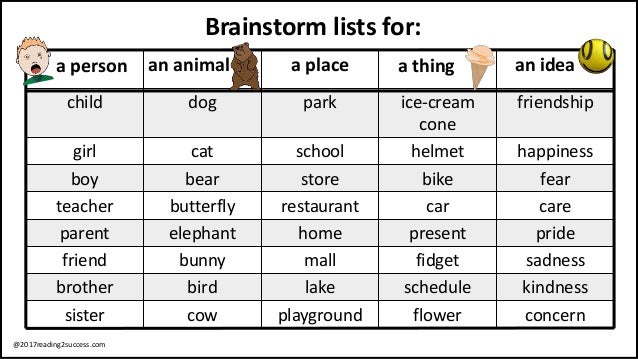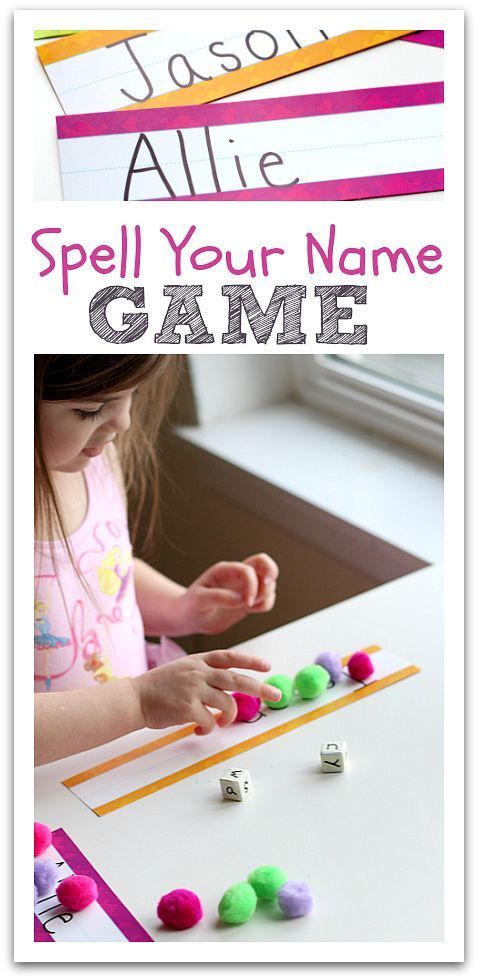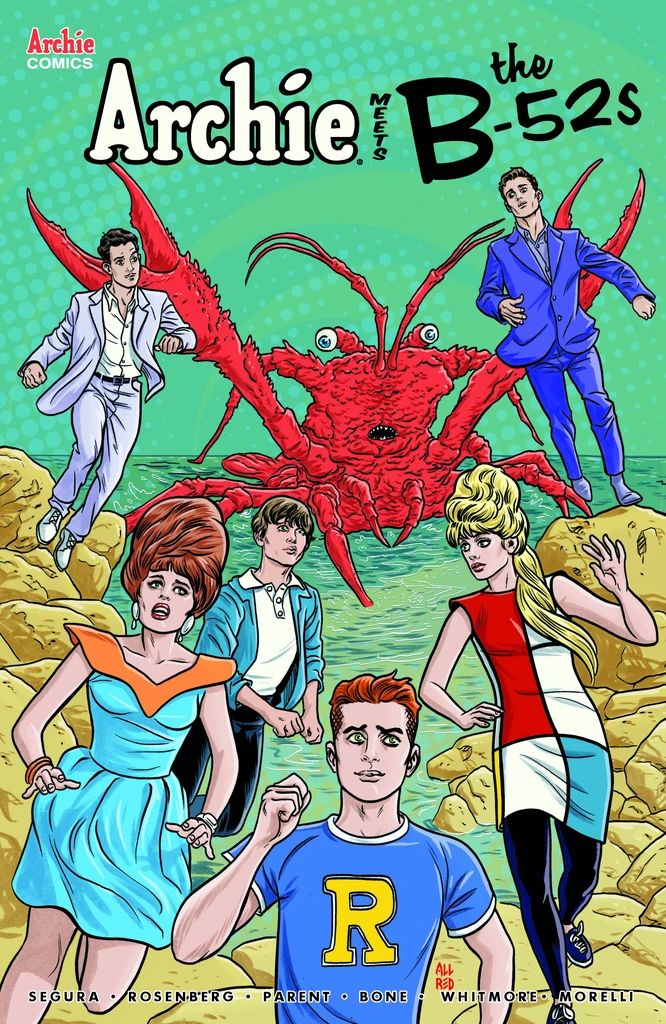Lower case writing
Kids Handwriting: Uppercase & Lowercase Letters
Since less and less instructional time is being spent on handwriting, it is becoming even more important to prioritize the script that students need for functional writing tasks. And, since lowercase letters account for about 95% of all letters in reading and writing, I would like to make the argument for teaching lowercase first!
Lowercase letters are easier to form!Let’s consider four elements:
1. Starting PointsHaving fewer starting points simplifies the decision on where to start. All the capital letters start at the top at one of three different points: top middle (A, I, J, T), top middle (B, D, F, H, K, L, M, N, P, R, U, V, W, X, Y, Z) or top right (C, G, O, Q, S). Lowercase letters primarily begin at the midline. The exceptions being b, h, k, l, and t which start at the top, and letters e and f. This factor favors uppercase as being easier to learn.
Each pencil lift requires careful visual monitoring and precise motor skills to neatly place the pencil at the start of the next stroke. Seventeen upper letters require two or more lifts compared to seven lowercase letters. Uppercase “E”, for example, has four strokes, requiring one to lift and place the pencil at four different points. Lowercase “e” uses one continuous stroke, which requires less visual attention, and makes it easier and more efficient to form. This suggests that lowercase letters are easier to form.
3. Diagonal linesChildren learn to draw the first six pre-writing shapes, in the following developmental order: a vertical line, a horizontal line, a circle, a cross, a square, and finally a diagonal line. Accordingly, letters containing diagonals are the hardest to form. Eleven uppercase letters (A, M, N, Q, R, K, V, W, X, Y Z) contain diagonal lines in contrast to six lowercase ones (k, v, w, x, y, z).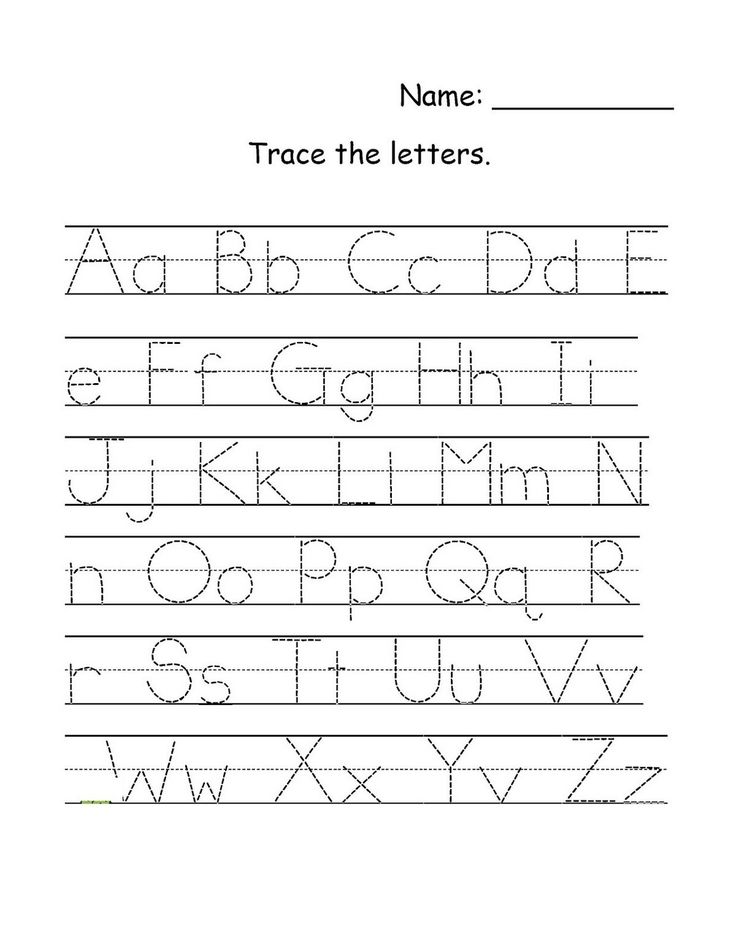 This measure also points to lowercase letters as being easier to write.
This measure also points to lowercase letters as being easier to write.
4. Letter Groups
Sorting letters by their first stroke and practicing them in their “group” is a highly effective way of learning to write the letters. The repetition of the same continuous motion from one letter to the next builds motor memory and promotes rhythmic writing.
Lowercase letters have multiple strokes in common and are easily sorted into four kinesthetic groups:
- l, t, k, I and j all start with a vertical line downward
- c, a, d, o, g and q all start like c
- h, b, r, n, m and p all drop down, up and over
- v, w, x and y all start with a diagonal line down
Letters s, u, f, e and z do share a common stroke with the other letters.
Upper case letters have two kinesthetic groups:
- C, O, Q and G all start like C
- V, W, X and Y start with a diagonal line down
B, D, E, F, H, I, J, K, L M, N, P, R, T, and U all start with a down stroke. However, given that they do not share a similar motion beyond this point to guide correct stroke direction, makes it hard to unify them into kinesthetic group. Letters A, S and Z do not share a common stroke with other letters.
However, given that they do not share a similar motion beyond this point to guide correct stroke direction, makes it hard to unify them into kinesthetic group. Letters A, S and Z do not share a common stroke with other letters.
Several lowercase letters are similar in appearance, most notably letters b, d, p, g and q, as well as h and n; making them easier to confuse. Regardless, young students who are learning to read, read in lowercase. And for children who struggle with visually-confusing letters, more practice, not less, would be helpful. Aligning handwriting with reading stands to boost a student’s ability to identify these letters, especially if the child is a kinesthetic learner. Teaching uppercase simply delays the teaching of lowercase or worse, creates more confusion by adding more letters to the mix.
It is also interesting to note that lowercase words are easier to read. Jason Santa Maria’s article, “
How We Read”, explains that this is because we see words as shapes.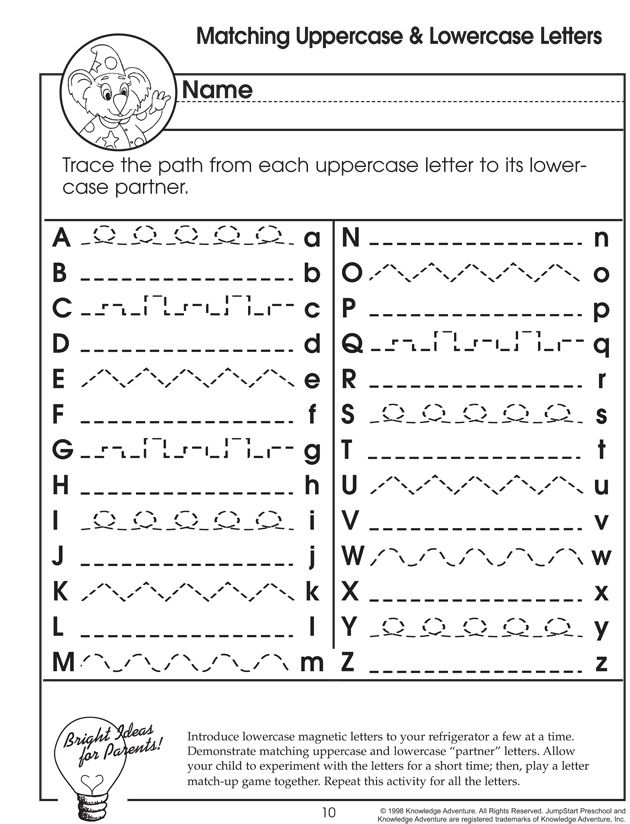 Lowercase has ascenders and descenders that form irregular shapes, and make it easier to identify the words, whereas capitals appear as “big rectangular blocks which take much longer to process”.
Lowercase has ascenders and descenders that form irregular shapes, and make it easier to identify the words, whereas capitals appear as “big rectangular blocks which take much longer to process”.
There is a large variance in how well students adapt to lowercase letters after learning uppercase. For students who are predisposed to handwriting difficulties and have been taught uppercase first, I have found that they confuse the two alphabets and tend to be very resistant to switching from upper to lowercase. Apart from affecting overall legibility, mixing upper and lowercase, or using upper case only, is inefficient and results in slow, tedious writing.
What do the experts say?When asked to weigh in on the letter case debate, Dave Thompson, CEO of Educational Fontware, and designer of over 900 fonts said, “Lowercase is definitely easier. Most of the letters are a lot shorter, which involves less movement of the hand for the little ones.
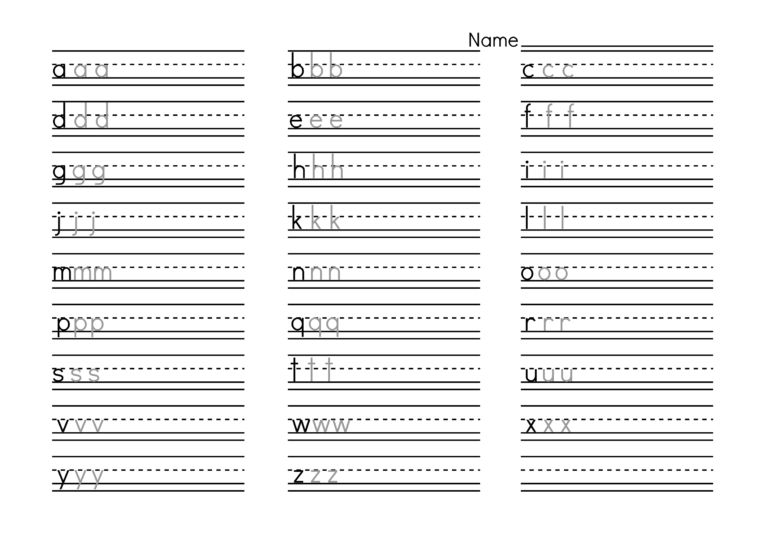 There are fewer pen lifts, and much more similarity between smalls (a, c, d, e, g, o, q for example all start with or have a counterclockwise hook) than caps. Lowercase uses retrace without pen lift for b, d, h, m, n, p, and r. Caps are usually taught as pen lifts instead of retrace: B, D, M, N, P, and R. Finally, you can make words out of the smalls, but not the caps.”
There are fewer pen lifts, and much more similarity between smalls (a, c, d, e, g, o, q for example all start with or have a counterclockwise hook) than caps. Lowercase uses retrace without pen lift for b, d, h, m, n, p, and r. Caps are usually taught as pen lifts instead of retrace: B, D, M, N, P, and R. Finally, you can make words out of the smalls, but not the caps.”
Virginia Berninger, a UW educational psychology professor, who studied the effect of handwriting on the human brain, says that it is important to teach lowercase letters first because they are used more frequently in writing and are encountered more frequently in written text. Uppercase should only be taught once lowercase letters are legible and automatic. Teachers should also keep written work to a minimum until lowercase writing is functional.
References
Berninger, V. W., & Wolf, B. J. (2009). Teaching students with dyslexia and dysgraphia: Lessons from teaching and science.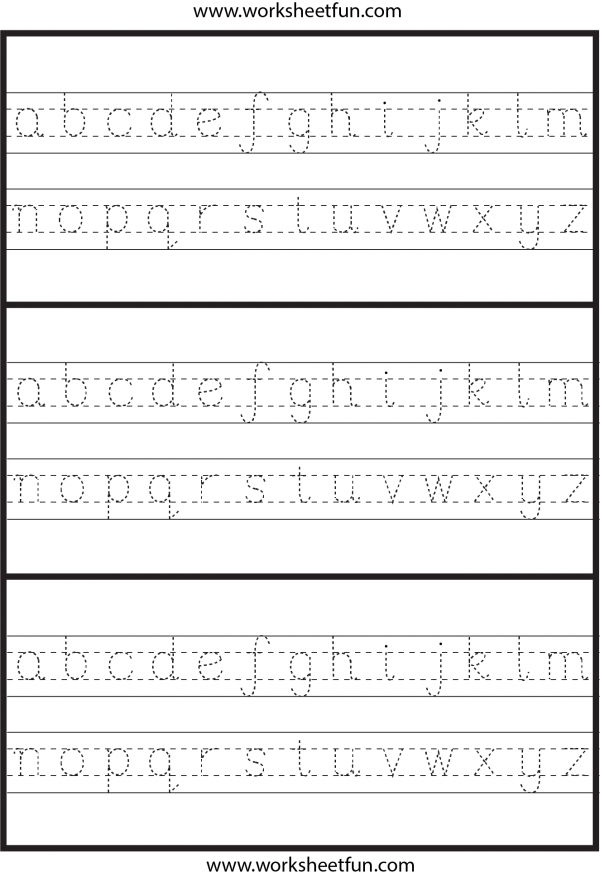 Baltimore, MD: Brookes Publishing Company.
Baltimore, MD: Brookes Publishing Company.
Maria, Jason Santa. “How We Read.” A List Apart, 2014. Web. 15 Dec. 2016. Retrieved from http://alistapart.com/article/how-we-read
Lowercase Letter Formation - The OT Toolbox
Teaching kids to write lowercase letters can be a tricky task. Kids are exposed to different techniques depending on if they went to preschool or not. Some children pick up on lowercase letter formation easily and others struggle with reversals, placement on lines, and accurate letter formation. Today, I’ve got some tips and tricks to teach kids how to write lowercase letters and a tool that kids will love.
Lowercase Letter Formation
Teaching lowercase letter formation can be fun! We’ve shared quite a few ways to use creative activities in teaching kids to write letters here on the website. One such activity is using a sensory means with baked cotton swabs.
Like we talked about in yesterday’s play-based learning post, we know that adding movement, play, and a creative component to learning allows kids to engage with learning in a way that allows children to truly benefit from the learning experience.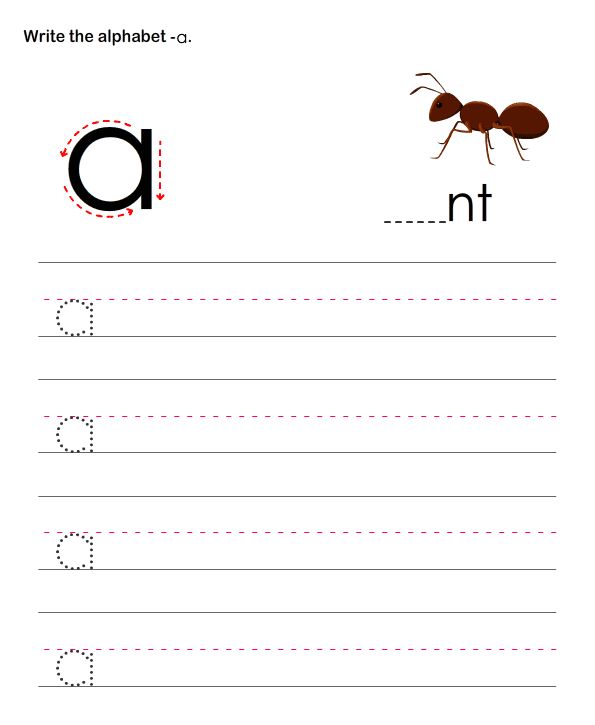
Ways to work on lowercase letter formation
Using play and movement in working on letter formation takes just a little out of the box thinking. Here are some ways to teach letter formation with movement and play.
Use a sensory writing tray to teach lowercase letters.
Add movement! Add motor components to teaching letter formation as kids learn how to form big lines down, curves, and slanted lines. Letters can be acted out with rhymes or with themes.
Use a color by letter worksheet to work on fine motor skills and the letter discrimination skills needed for connecting a lowercase letter to an uppercase letter.
Build lowercase letters with play dough, slime, wikki stix, yarn, or paper strips/paper curves.
Trace and then re-trace the letters on a dry erase board. Rainbow writing offers several chances to practice letter formation.
Trace letters with a finger. Then use finger paint, pudding, dish soap, lotion, or cooking oil.
Want an easy, on-the-go tool for working on lowercase letter formation in a fun and engaging way? I’ve got a fun way to help…
Lowercase Letter Formation Kit
Muscle Movers are a tools for working on letter formation with a focus on movement, motor planning, gross motor skills, and play.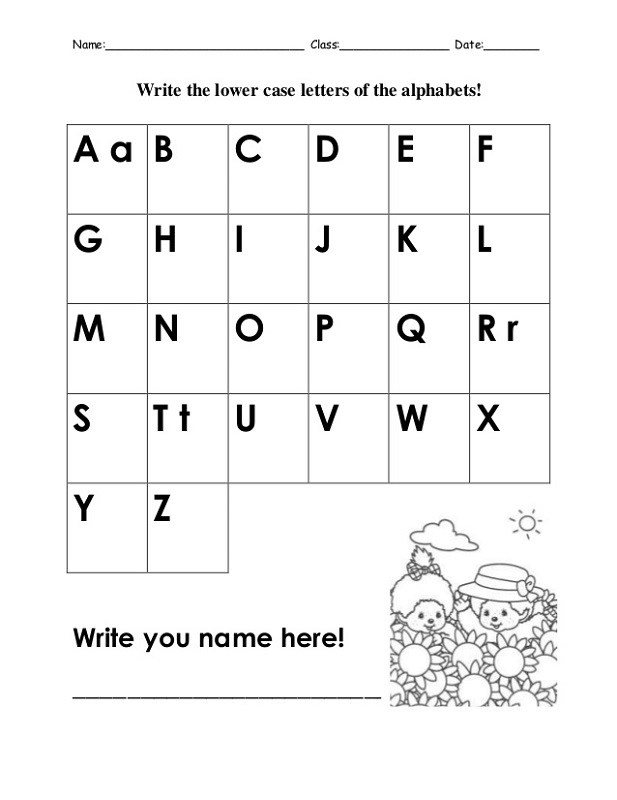
Heavy duty laminate cards with letters on one side, unique animals and activities on the other – the educational opportunities are endless.
Use the cards for letter recognition and getting the wiggles out, add Wikki stix or PlayDoh to allow your Little Learner to use their fine motor skills to form the letters on the card and finally practice with the included dry erase pen.
I Can Build Letters! Magnets (with a magnetic dry erase board)– This set includes hands on letter building with colorful lines and curves used to work on letter formation. These colorful, super-strong magnets allow help improve problem solving and fine motor skills while visually supporting letter formation. These can be used on any magnetic surface.
I Can Build Letters guide– Use this guide as a companion to the I Can Build Letters! Magnets. Your child can start by building the letters on top of each guide on a regular surface, progress to a magnetic surface and then ultimately build letter puzzles with the color builder guide
I Can Write Letters! Workbook– Little Learners start writing using Fundanoodle’s zip, zoom, and buzz terminology.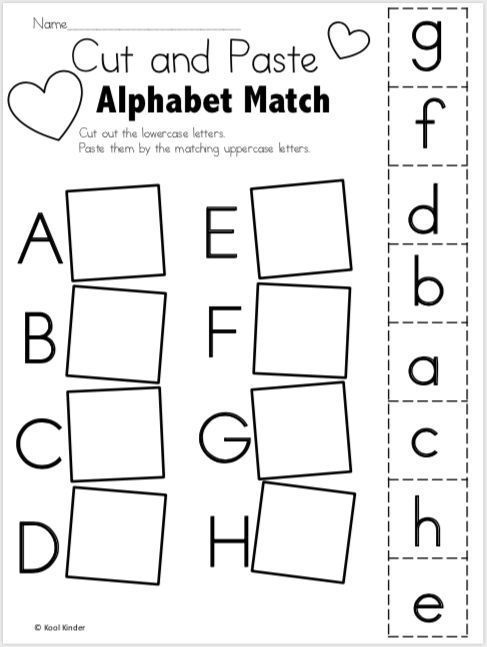 With our grid paper, they learn how to keep their letter a consistent size and we introduce the letters from easiest to hardest to write to develop confidence. And each book includes a series of practice pages and a reward sticker system
With our grid paper, they learn how to keep their letter a consistent size and we introduce the letters from easiest to hardest to write to develop confidence. And each book includes a series of practice pages and a reward sticker system
The Fundanoodle Letter Fun Kits come in a colorful zippered tote for learning on the go!
More lowercase letter writing activities
Some of the smartest and most creative folks I know are the readers of The OT Toolbox. I asked readers to tell me sensory strategies they personally love and use to address sensory modulation. Scroll through the comments…you might just find some new sensory strategies that will work for you! Hopefully we can learn from one another!
Also, check out these other soy suggestions based on therapeutic development through play.
- Fine Motor Toys
- Gross Motor Toys
- Pencil Grasp Toys
- Toys for Reluctant Writers
- Toys for Spatial Awareness
- Toys for Visual Tracking
- Toys for Sensory Play
- Bilateral Coordination Toys
- Games for Executive Functioning Skills
- Toys and Tools to Improve Visual Perception
- Toys to Help with Scissors Skills
- Toys for Attention and Focus
Which is correct: lowercase letters or lowercase letters?
https://radiosputnik.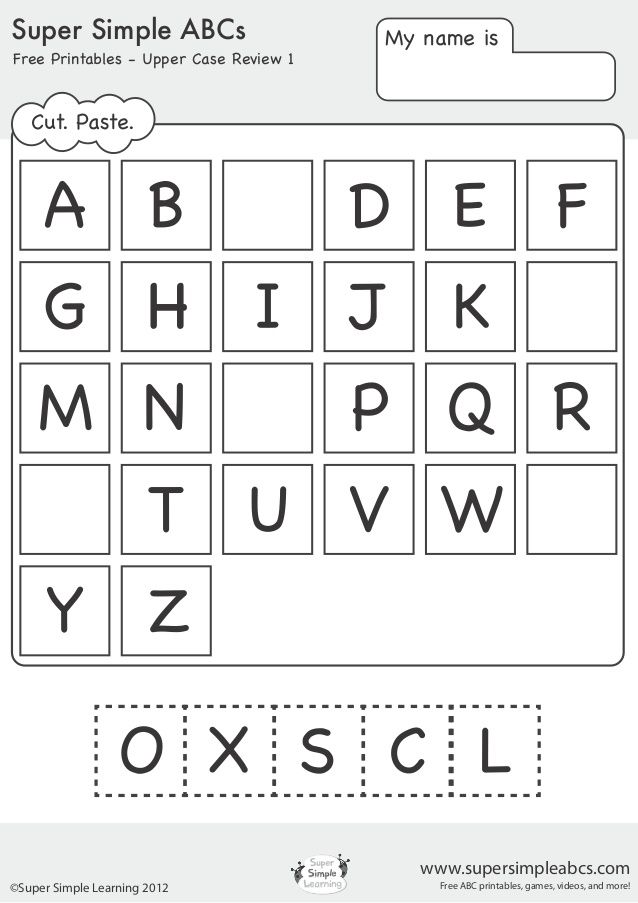 ria.ru/20191222/1562699898.html
ria.ru/20191222/1562699898.html
What is correct: lowercase letters or lowercase letters?
Which is correct: lowercase letters or lowercase letters? - Radio Sputnik, 01/20/2020
Which is correct: lowercase letters or lowercase letters?
In everyday life we usually talk about writing letters "large and small letters". Linguists use the words "capital" and... Radio Sputnik, 01/20/2020
2019-12-22T19: 57
2019-12-22t19: 57
2020-01-20t11: 29
On the air
Podkasta-radio sputnik
Russian oral
/html/head/meta [ @name='og:title']/@content
/html/head/meta[@name='og:description']/@content
https://cdnn21.img.ria.ru/images/156269 /98/1562699891_0:3:1036:586_1920x0_80_0_0_06459521286568cbf0989a2234e47a32.jpg
Which is correct: lower case or lower case?
In everyday life, we usually talk about writing letters in large and small letters. Linguists, on the other hand, use the words uppercase and lowercase to designate the styles of letters in writing.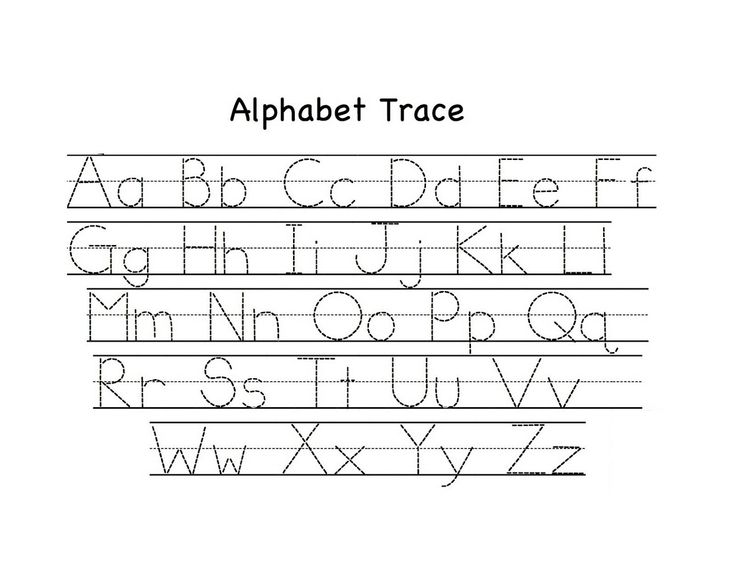 Uppercase letters are large and lowercase letters are small. And what about the letters - uppercase and lowercase - large or small? Letter height. An uppercase letter differs from a lowercase letter in greater height, an uppercase letter is higher. You have already heard the accent with which I pronounce the word lower case, with the emphasis on the last syllable. It is with such an accent on the last syllable - a lowercase letter - that it is recommended to pronounce this word in strict speech. A capital letter is immediately visible in the text - it highlights the word, elevates it, and not only in the literal sense, but also figuratively. Therefore, capital letters also have a special stylistic use - we write the pronouns "You", "Your" with a capital letter, expressing a courteous, polite attitude when referring to a specific person. There are also common words that can be capitalized. We write the words Motherland, Fatherland, Fatherland, Teacher, Good, Man with a capital letter in texts where we use these words in a special high sense.
Uppercase letters are large and lowercase letters are small. And what about the letters - uppercase and lowercase - large or small? Letter height. An uppercase letter differs from a lowercase letter in greater height, an uppercase letter is higher. You have already heard the accent with which I pronounce the word lower case, with the emphasis on the last syllable. It is with such an accent on the last syllable - a lowercase letter - that it is recommended to pronounce this word in strict speech. A capital letter is immediately visible in the text - it highlights the word, elevates it, and not only in the literal sense, but also figuratively. Therefore, capital letters also have a special stylistic use - we write the pronouns "You", "Your" with a capital letter, expressing a courteous, polite attitude when referring to a specific person. There are also common words that can be capitalized. We write the words Motherland, Fatherland, Fatherland, Teacher, Good, Man with a capital letter in texts where we use these words in a special high sense.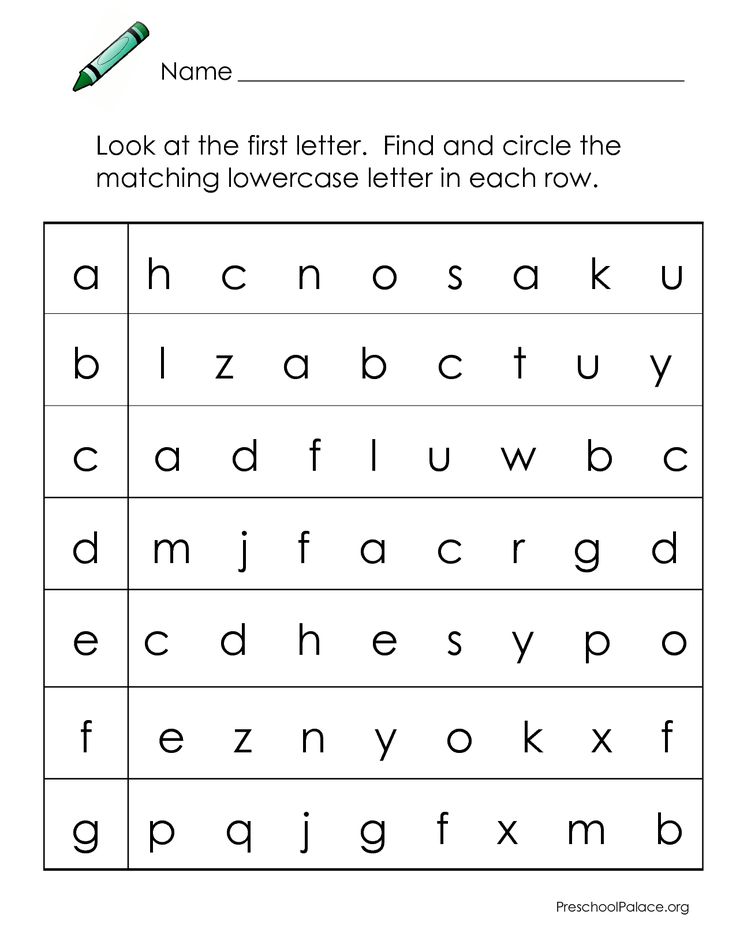 Such a special use of capital letters is reflected in the turnover with a capital letter - this is how we talk about someone, something worthy of the highest appreciation, admiration. Yakov Karlovich Grot, Russian linguist 19century, in the book "Russian Spelling" he wrote: Large letters constitute, in fact, the luxury of writing. Affordable and necessary luxury.
Such a special use of capital letters is reflected in the turnover with a capital letter - this is how we talk about someone, something worthy of the highest appreciation, admiration. Yakov Karlovich Grot, Russian linguist 19century, in the book "Russian Spelling" he wrote: Large letters constitute, in fact, the luxury of writing. Affordable and necessary luxury.
audio/mpeg
Which is correct: lowercase or lowercase?
In everyday life, we usually talk about writing letters in large and small letters. Linguists, on the other hand, use the words uppercase and lowercase to designate the styles of letters in writing. Uppercase letters are large and lowercase letters are small. And what about the letters - uppercase and lowercase - large or small? Letter height. An uppercase letter differs from a lowercase letter in greater height, an uppercase letter is higher. You have already heard the accent with which I pronounce the word lower case, with the emphasis on the last syllable.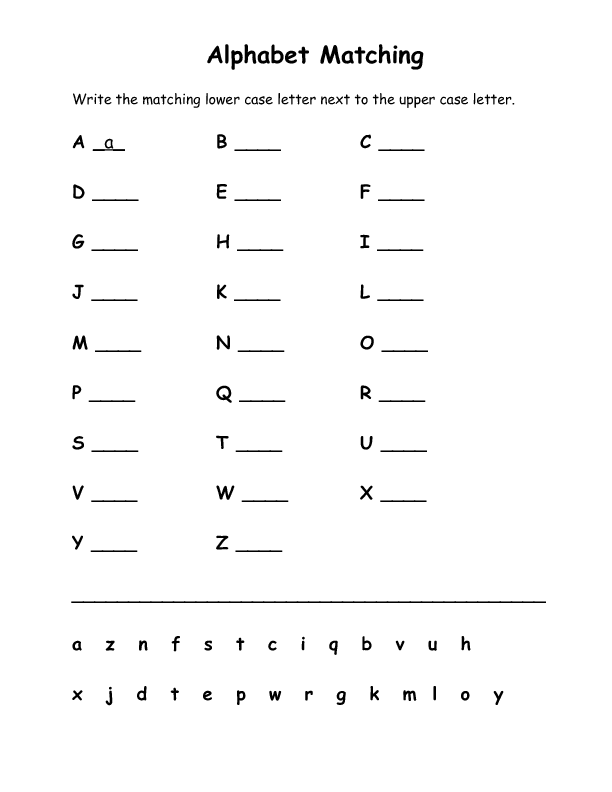 It is with such an accent on the last syllable - a lowercase letter - that it is recommended to pronounce this word in strict speech. A capital letter is immediately visible in the text - it highlights the word, elevates it, and not only in the literal sense, but also figuratively. Therefore, capital letters also have a special stylistic use - we write the pronouns "You", "Your" with a capital letter, expressing a courteous, polite attitude when referring to a specific person. There are also common words that can be capitalized. We write the words Motherland, Fatherland, Fatherland, Teacher, Good, Man with a capital letter in texts where we use these words in a special high sense. Such a special use of capital letters is reflected in the turnover with a capital letter - this is how we talk about someone, something worthy of the highest appreciation, admiration. Yakov Karlovich Grot, Russian linguist 19century, in the book "Russian Spelling" he wrote: Large letters constitute, in fact, the luxury of writing.
It is with such an accent on the last syllable - a lowercase letter - that it is recommended to pronounce this word in strict speech. A capital letter is immediately visible in the text - it highlights the word, elevates it, and not only in the literal sense, but also figuratively. Therefore, capital letters also have a special stylistic use - we write the pronouns "You", "Your" with a capital letter, expressing a courteous, polite attitude when referring to a specific person. There are also common words that can be capitalized. We write the words Motherland, Fatherland, Fatherland, Teacher, Good, Man with a capital letter in texts where we use these words in a special high sense. Such a special use of capital letters is reflected in the turnover with a capital letter - this is how we talk about someone, something worthy of the highest appreciation, admiration. Yakov Karlovich Grot, Russian linguist 19century, in the book "Russian Spelling" he wrote: Large letters constitute, in fact, the luxury of writing.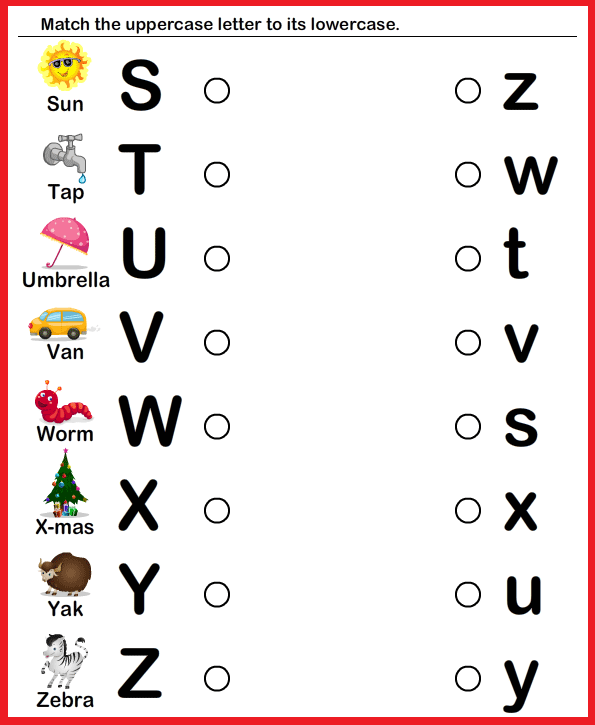 Affordable and necessary luxury.
Affordable and necessary luxury.
audio/mpeg
In everyday life we usually talk about writing letters "large and small letters". Linguists, on the other hand, use the words "capital" and "lowercase" to designate the styles of letters in writing. Uppercase letters are large and lowercase letters are small. And what about the letters - uppercase and lowercase - large or small? Letter height. An uppercase letter differs from a lowercase letter in greater height, an uppercase letter is higher. You have already heard the accent with which I pronounce the word lower case, with the emphasis on the last syllable. It is with such an accent on the last syllable - a lowercase letter - that it is recommended to pronounce this word in strict speech. A capital letter is immediately visible in the text - it highlights the word, elevates it, and not only in the literal sense, but also figuratively. Therefore, capital letters also have a special stylistic use - we write the pronouns "You", "Your" with a capital letter, expressing a courteous, polite attitude when referring to a specific person.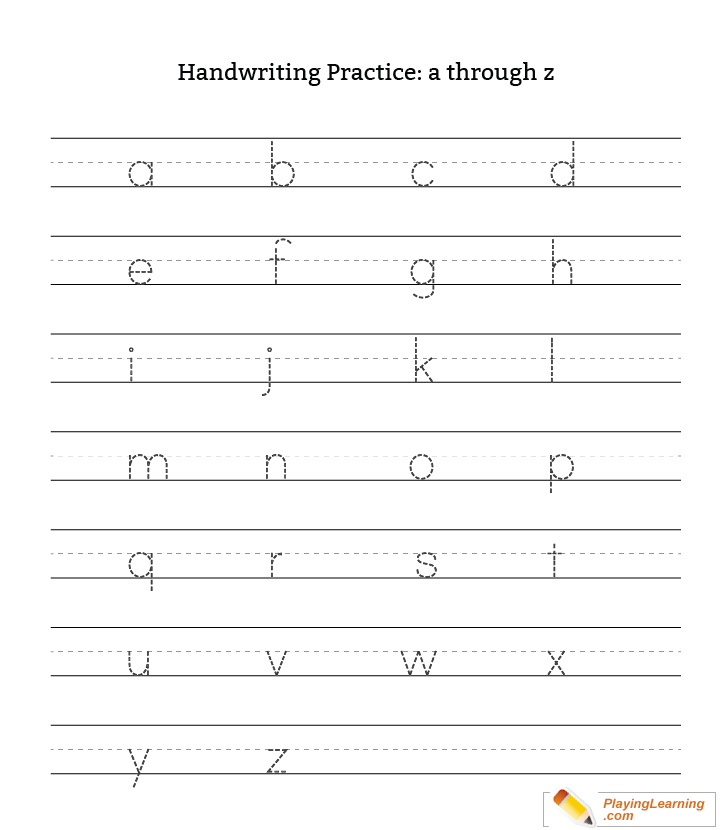 There are also common words that can be capitalized. We write the words Motherland, Fatherland, Fatherland, Teacher, Good, Man with a capital letter in texts where we use these words in a special high sense. Such a special use of capital letters is reflected in the turnover with a capital letter - this is how we talk about someone, something worthy of the highest appreciation, admiration. Yakov Karlovich Grot, Russian linguist 19century, in the book "Russian Spelling" he wrote: "Big letters are, in fact, the luxury of writing. Permissible and necessary luxury."
There are also common words that can be capitalized. We write the words Motherland, Fatherland, Fatherland, Teacher, Good, Man with a capital letter in texts where we use these words in a special high sense. Such a special use of capital letters is reflected in the turnover with a capital letter - this is how we talk about someone, something worthy of the highest appreciation, admiration. Yakov Karlovich Grot, Russian linguist 19century, in the book "Russian Spelling" he wrote: "Big letters are, in fact, the luxury of writing. Permissible and necessary luxury."
radio sputnik
1
5
4.7
9000
7 495 645-6601
Federal State Unitary Enterprise “Russia Today”
HTTPS: // XN-C1ACBL2ABDLKBDLKBDLKBDLKBDLKBDLKB .xn--p1ai/awards/
2019
Radio Sputnik
1
5
4.7
96
7 495 645-6601
Rossiya Segodnya
https://xn--c1acbl2abdlkab1og.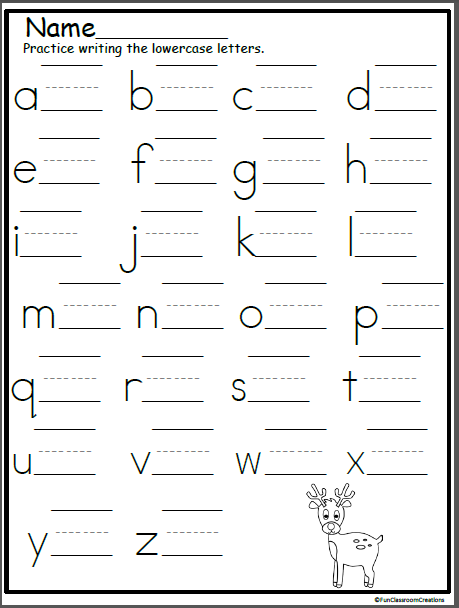 xn--p1ai/awards/
xn--p1ai/awards/
News ru-RU
https://radiosputnik.ria.ru/docs/about/copyright.html
https://xn--c1acbl2abdlkab1og.xn--p1ai/
Radio Sputnik
1
5
3 4.7
96
7 495 645-6601
7 495 645-6601
Rossiya Segodnya
5
4.7
96
7 495 645-6601
Rossiya Segodnya
https://xn--c1acblog.xdlkab03 https://xn--c1acblog.xdlkab03
on air, podcasts - radio sputnik, audio
on air, podcasts - Radio Sputnik, Russian oral
Uppercase and lowercase letters: usage, rules, examples
Is a capital letter large or small? If you can not immediately answer this question, then read the article. In it, we will see what an uppercase letter means and how it differs from a lowercase letter. And also we will analyze the rules of lowercase and uppercase letters and give understandable examples.
Subscribe to our Telegram channel to be the first to receive useful materials. And do not forget to follow promotions and discounts from the company to learn with profit. nine0003
Need help?
Entrust your work to a PhD!
What do uppercase and lowercase letters mean
What are lowercase and uppercase letters? The examples are not always clear, so let's start with definitions:
Capital or lowercase letters are graphic characters used in writing that are larger than line boundaries. They are also called the big ones.
A lowercase letters are graphic characters that do not exceed the size of a line in writing. They are also called small letters. nine0003
The very name "capital letters" arose in Russian from the verb "prescribe". In ancient texts there were no capital letters, all words were written from lowercase. And only at the beginning of the chapters, the first letter, which was called the “letter letter”, was depicted more than all the others.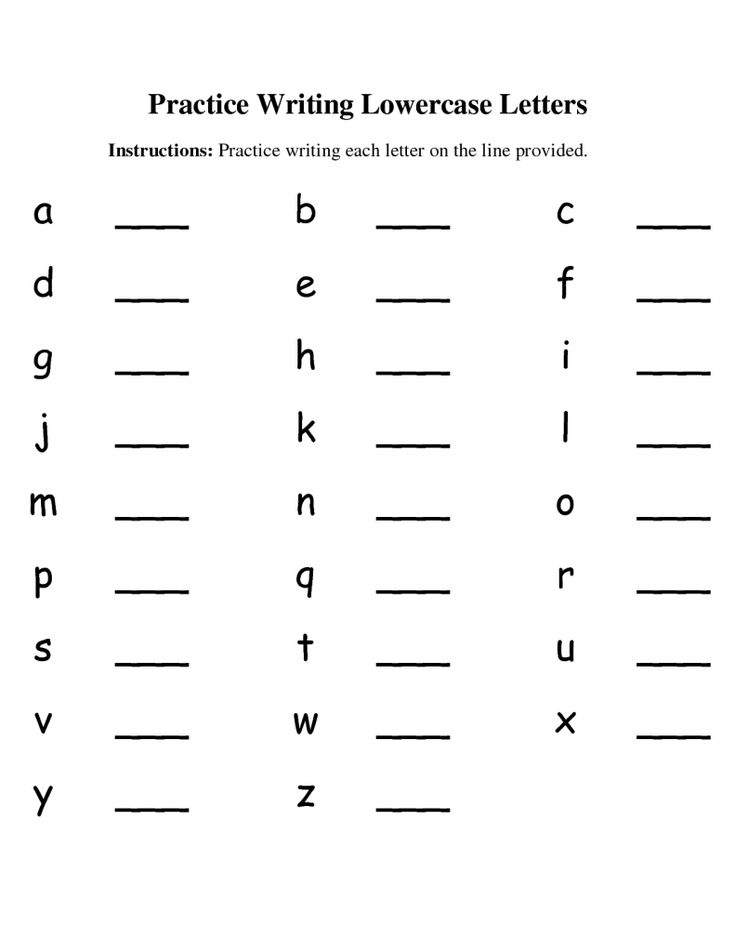 It was written by hand. Therefore, now capital letters are also called uppercase.
It was written by hand. Therefore, now capital letters are also called uppercase.
In Russian, every lowercase letter has a capital counterpart. Even "b", "y" and "b", although it is difficult to imagine where they can be used. However, not all experts support this opinion and prefer to consider that the Russian language has 33 lowercase and only 30 capital letters. nine0003
Another feature of the Russian language is that the spelling of large and capital letters does not always coincide. So, for example, the letter differs:
- capital " A " and lowercase " a ";
- capital " B " and lowercase " b ";
- capital " D " and lowercase " d ";
- capital " E " and lowercase " e " and some others.
Uppercase and lowercase letters in different languages
Capital letters are used in many languages of the Indo-European family: Greek, Slavic, Germanic and Romance.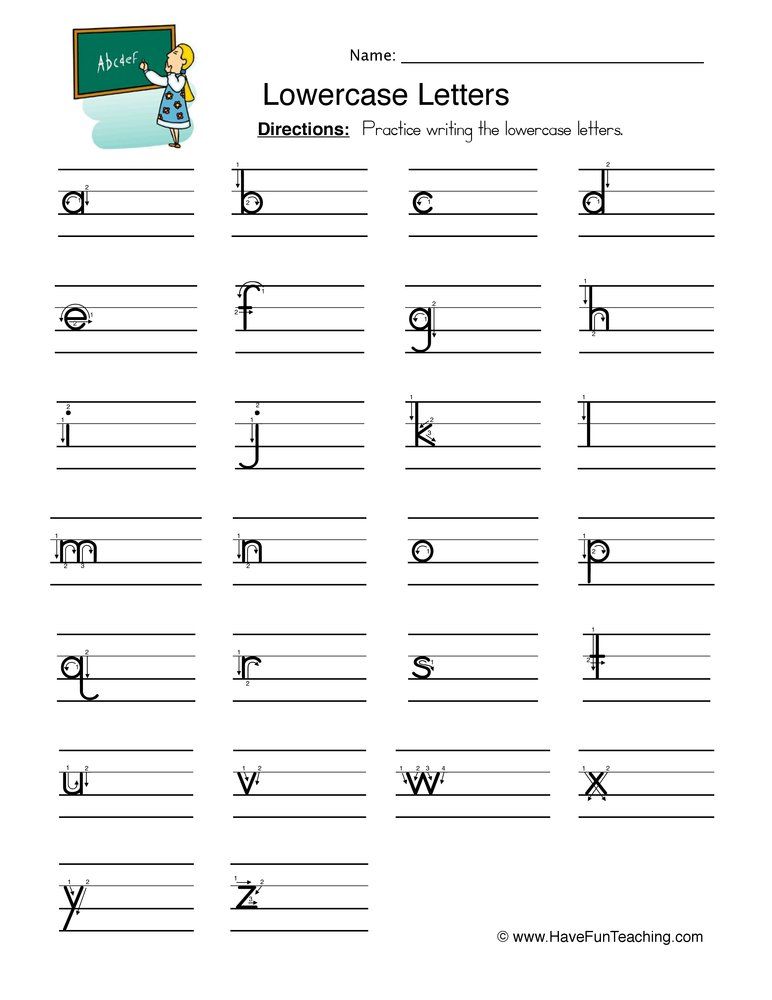
What does the capital letter mean in these languages? It can mean the beginning of a new phrase, a proper name, a geographical name, and much more. Below we will analyze in detail in which cases a capital letter is written.
However, not all language systems can observe the use of capital letters. Hebrew, Arabic, Indian, Thai and other languages use only lowercase alphabetic characters. nine0003
There were no capital letters in the Glagolitic alphabet, the first Russian written language. Capital letters firmly came into use only in the 18th century and all thanks to the great reformer Peter I. He not only brought reforms to Russia, but also introduced a civil typeface that contained both small and large letters.
There are many words in Hebrew that are spelled the same but read differently and have different meanings. For example, the word "דוד" can sound like "dod" and mean "uncle" , as "dud" - "bak" and as "David" - a male name.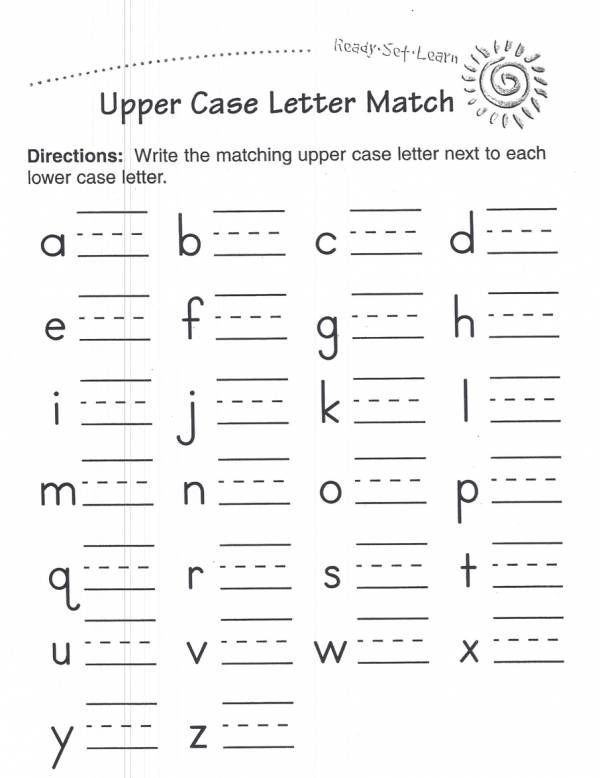 How do the Israelis understand where is the meaning? Exceptional context.
How do the Israelis understand where is the meaning? Exceptional context.
Uppercase and lowercase letters: spelling rules
Let's see what rules to follow when using uppercase and lowercase letters in Russian. And to make it easier to remember, let's give examples of uppercase and lowercase letters in words.
Capital letter at the beginning of a sentence
The basic rule is: always write a capital letter at the beginning of a sentence.
Example: It's easy to make a term paper. It is necessary to choose a topic, write the text and check for errors. Pay special attention to words with -Н- and -НН-, conjugation of verbs and spelling of particles "not" and "neither" with different parts of speech.
By the way! For our readers, there is now a 10% discount on any kind of work.
It is customary to capitalize not only the first word in standard sentences, but also each new line in poetic works. This rule works even when the author didn't finish the sentence:
This rule works even when the author didn't finish the sentence:
Night, street, lamp, pharmacy,
Meaningless and dim light.
Live at least another quarter of a century -
Everything will be like this. There is no exit.
If you die, you start over again
And everything will repeat, as of old:
Night, ice ripples of the channel,
Pharmacy, street, lamp.
Alexander Blok
Capital letter in proper names
Another rule that always works: capital letters are written in proper names. It remains to figure out what applies to them. nine0003
Earth with a capital letter is a planet, and with a small one - a common nameProper names are the names of objects or phenomena that are unique and stand out from the general mass of homogeneous concepts.
On the contrary, common names are names that apply to entire groups of similar objects. Such nouns always begin with lowercase letters.
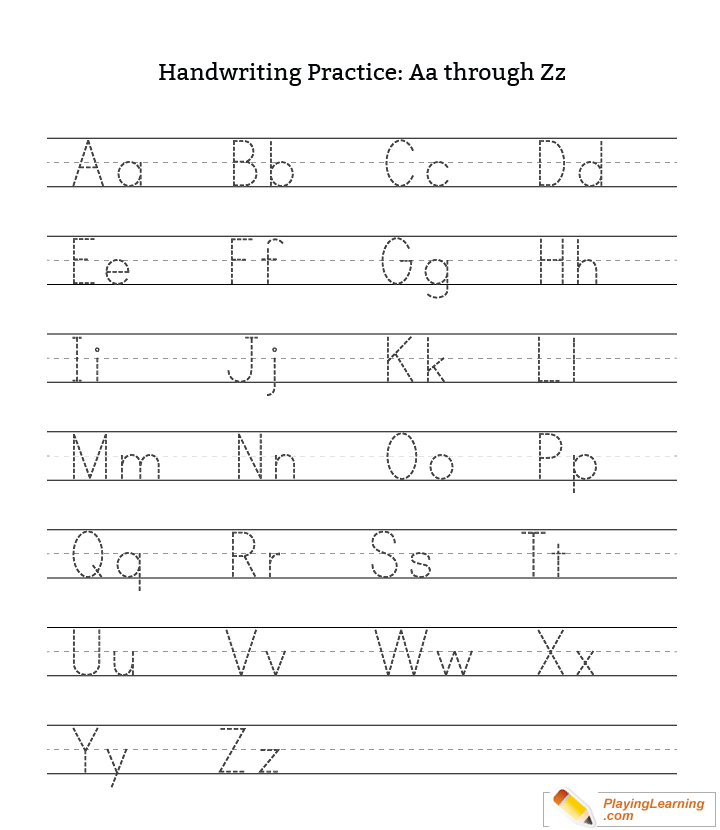
Let's look at specific cases when a capital letter is written in proper names. And also remember the exceptions, without which it is impossible to imagine the Russian language:
| Rule | Example | Exception |
| Surnames, first names and patronymics of people | Lev Nikolayevich Tolstoy, Pushkin, Mashenka, Marina Ivanovna. | If proper names are used as a common noun, they are written with a lower case: Pikapers are modern don Juans and womanizers. |
| In pseudonyms, nicknames and nicknames | Maxim Gorky, Bolbes and Experienced. | If nicknames are used for a whole group of people: Why are balls dangerous for society? |
| Animal names | Dolly the sheep, Barbos the dog, Murka the cat. | If the nickname is used as a common name for the group: In the morning, any watchdog barks just like that. |
| In the names of fairy-tale characters | Princess Nesmeyana Mermaid, Puss in Boots. | nine0317|
| In the names of gods | Jesus, Allah, Mara, Poseidon, Osiris, Quetzalcoatl. | The word itself "god" can be written with both capital and lowercase letters. In church texts, they often write with a capital letter, but in popular literature - with a small letter. |
| In religious names | Church of the Holy Sepulcher, Holy Scripture, Koran, Mother of God, Wailing Wall. | |
| Place names | Arctic Ocean, Kilimanjaro, New York, Serpukhovo. | |
| In street and avenue names | Alexander Nevsky Square, Tsvetochnaya Street, Raduzhny Lane. | |
| In the names of astronomical bodies and objects | Planet Venus, satellite of Jupiter, Halley's comet, Milky Way galaxy.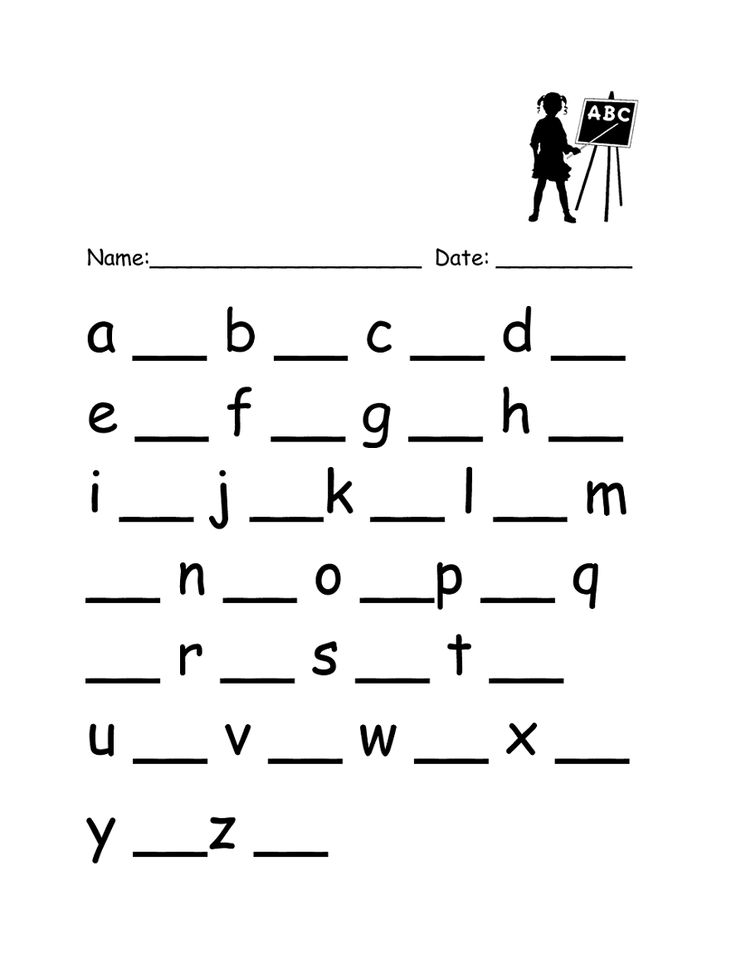 | If this is not an astronomical object, but a homonym: planet Earth and native land. nine0205 |
| In the names of historical eras and events | The Renaissance, the October Revolution, the War of the Scarlet and White Roses. | |
| In the names of holidays | Walpurgis Night, Independence Day, Victory Day, First of May, but May 1st. | If this is the date of the holiday, then it is written with a small one: The New Year is celebrated on December 31st. |
| In the names of awards | Title of Hero of Russia, Order of the Legion of Honor, but Order of the Red Star. nine0320 | |
| In legal official names of companies and brands that are quoted | Suzuki Auto Concern, Gorbunov's Bureau creative agency, Orlovsky Park Hotel. | The name is not quoted if it is written in Latin letters: Hilton hotel, Pixies creative agency, BMW concern.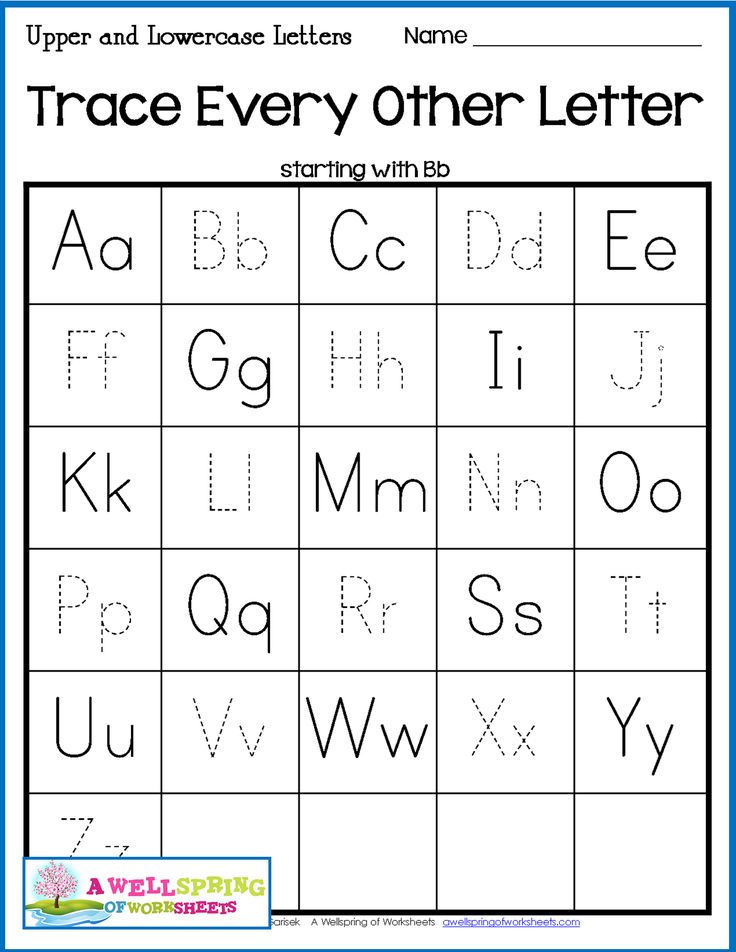 |
| In the names of organizations and institutions | Federation Council, United Nations, European Union. nine0320 | |
| In the names of unique titles and positions | President of the Russian Federation, Prime Minister. | All other positions are written with a small one: NATO Secretary General, EU Minister, Bishop of the Russian Orthodox Church. |
| Abbreviated | CIS, IAEA, UN, PE, MIA, USA. | Some abbreviations are always written with a small letter: university, secondary school, dot, bunker, bum, interim, spa. nine0205 |
| In the titles of scientific articles, literary titles and other works | The novel "War and Peace", the fairy tale "The Scarlet Flower", the article "Why sleep should be a priority for every student". |
What are capital letters in street names? Examples may vary depending on the literary norm.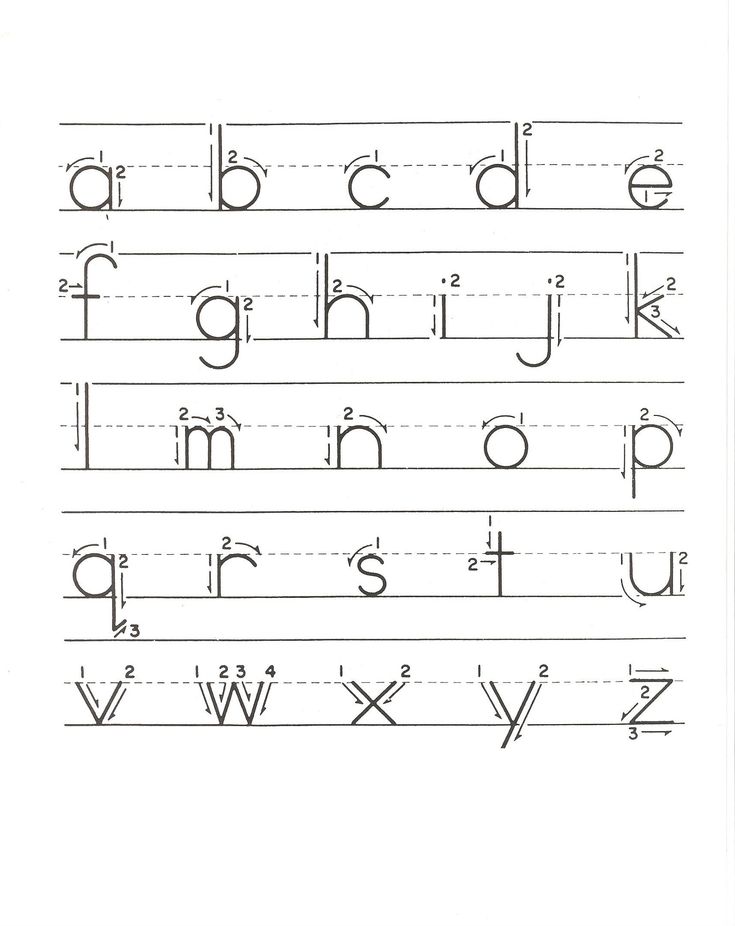 So, in the names Chistye Prudy, Kuznetsky Most, Nikitsky Gates , only the first word was capitalized. Now the norm has changed and both words are capitalized: Chistye Prudy, Kuznetsky Most, Nikitsky Gates . If in doubt about spelling, refer to dictionaries.
So, in the names Chistye Prudy, Kuznetsky Most, Nikitsky Gates , only the first word was capitalized. Now the norm has changed and both words are capitalized: Chistye Prudy, Kuznetsky Most, Nikitsky Gates . If in doubt about spelling, refer to dictionaries.
Capital letter in adjectives
There are several cases in which adjectives are written with a capital letter, and they also need to be remembered:
- If the adjective expresses belonging to a particular person. For example, Misha's shirt, Vanka's stories.
- If the adjective refers to the memory of a famous person. For example, Pushkin Evenings, Spring Tolstoy Readings.
If the expression has become a common noun, then it is written with a lowercase letter: Sisyphean labor, Turgenev young ladies, oatmeal porridge.
Capital letter after colon
What other words are capitalized? Those with which direct speech begins.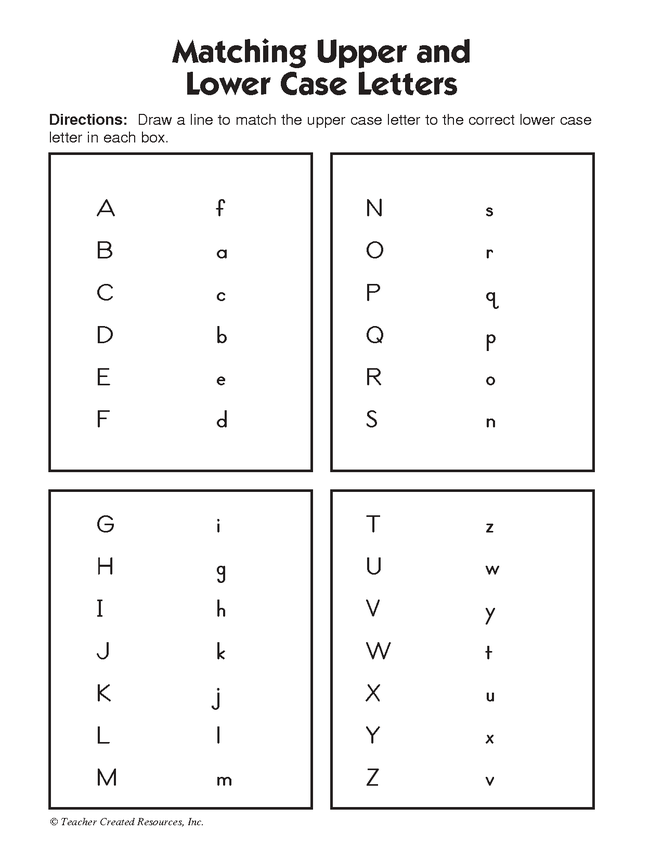 In the text, this is formalized as follows:
In the text, this is formalized as follows:
- the words of the author come first;
- then put a colon; nine0208
- in quotation marks write the words of direct speech.
Example: Ivanov sighed and said to the teacher: “You shouldn’t want to expel me for absenteeism, but I can refund my record book and student card.”
A special case: with what letter to write the appeal "YOU"
In official documents, letters and business correspondence, the appeal "YOU" and its derivatives are often written with a capital letter. It is believed that this form shows maximum respect for the interlocutor. nine0003 In letters to a respected person, it is appropriate to write "You"
However, the rules of the Russian language do not impose strict norms. They recommend using "you" only if the author intentionally wants to emphasize his special relationship to a particular person. But if he addresses a group of people, then writing “You” with a big one is definitely not worth it.